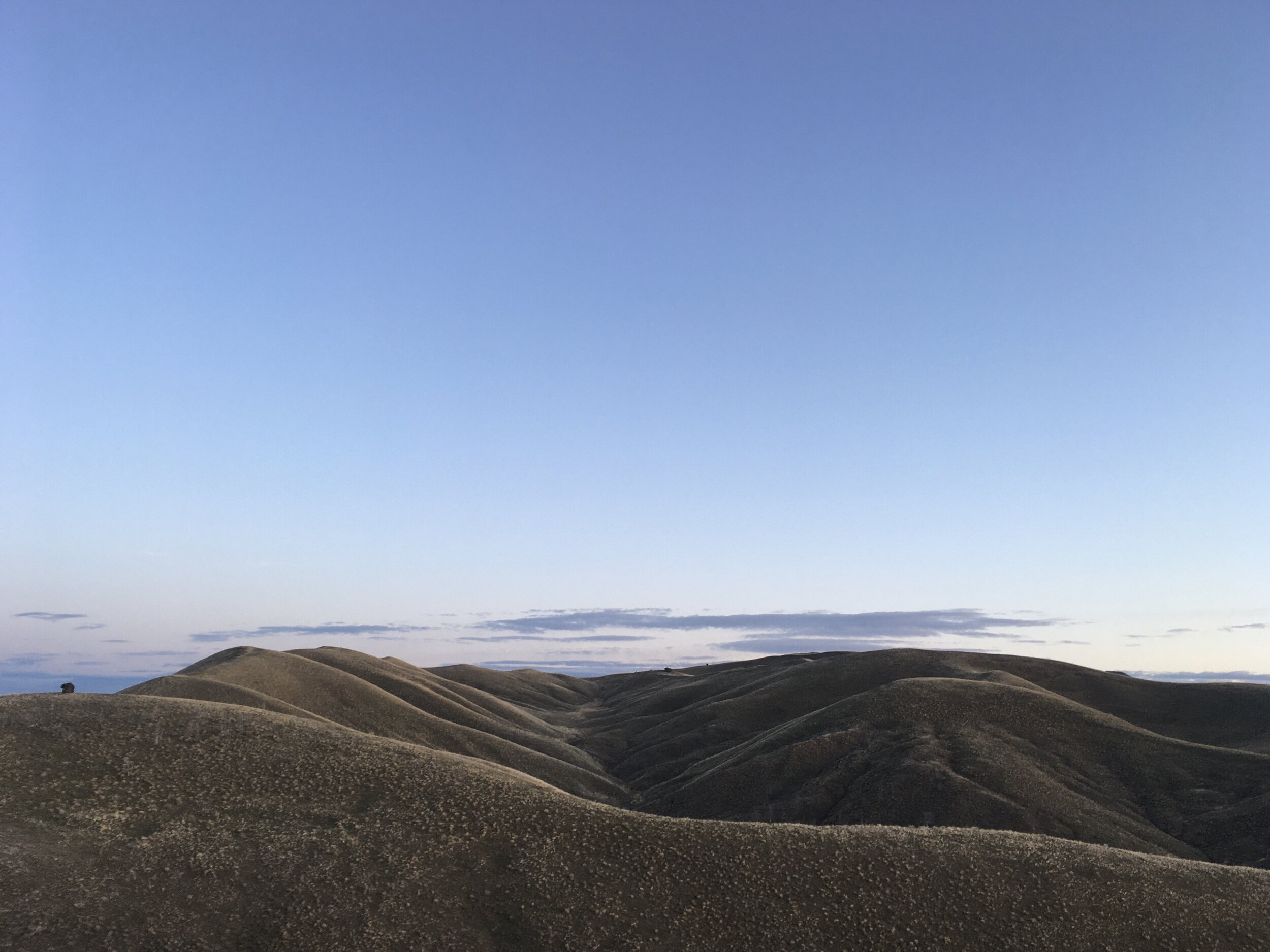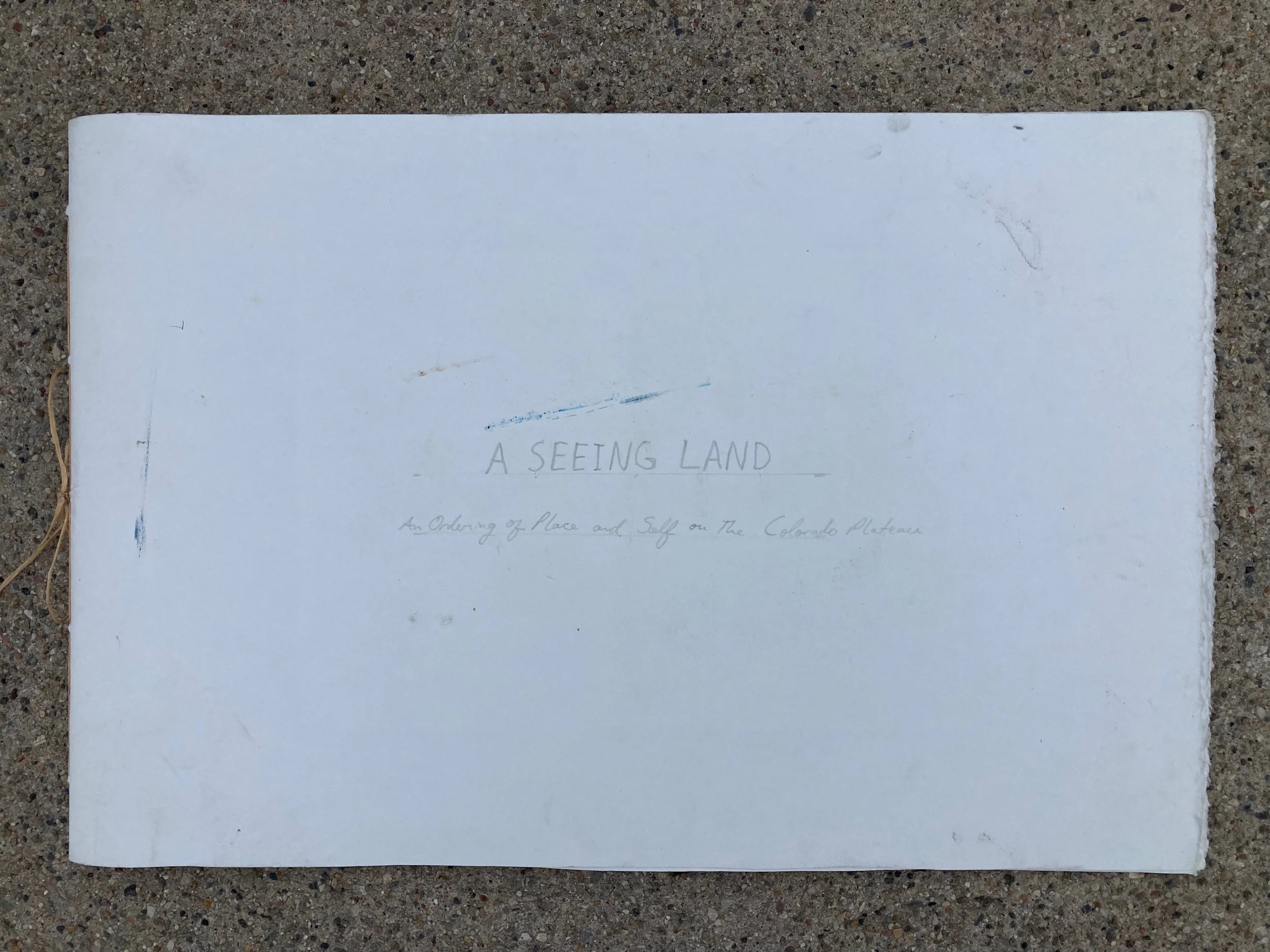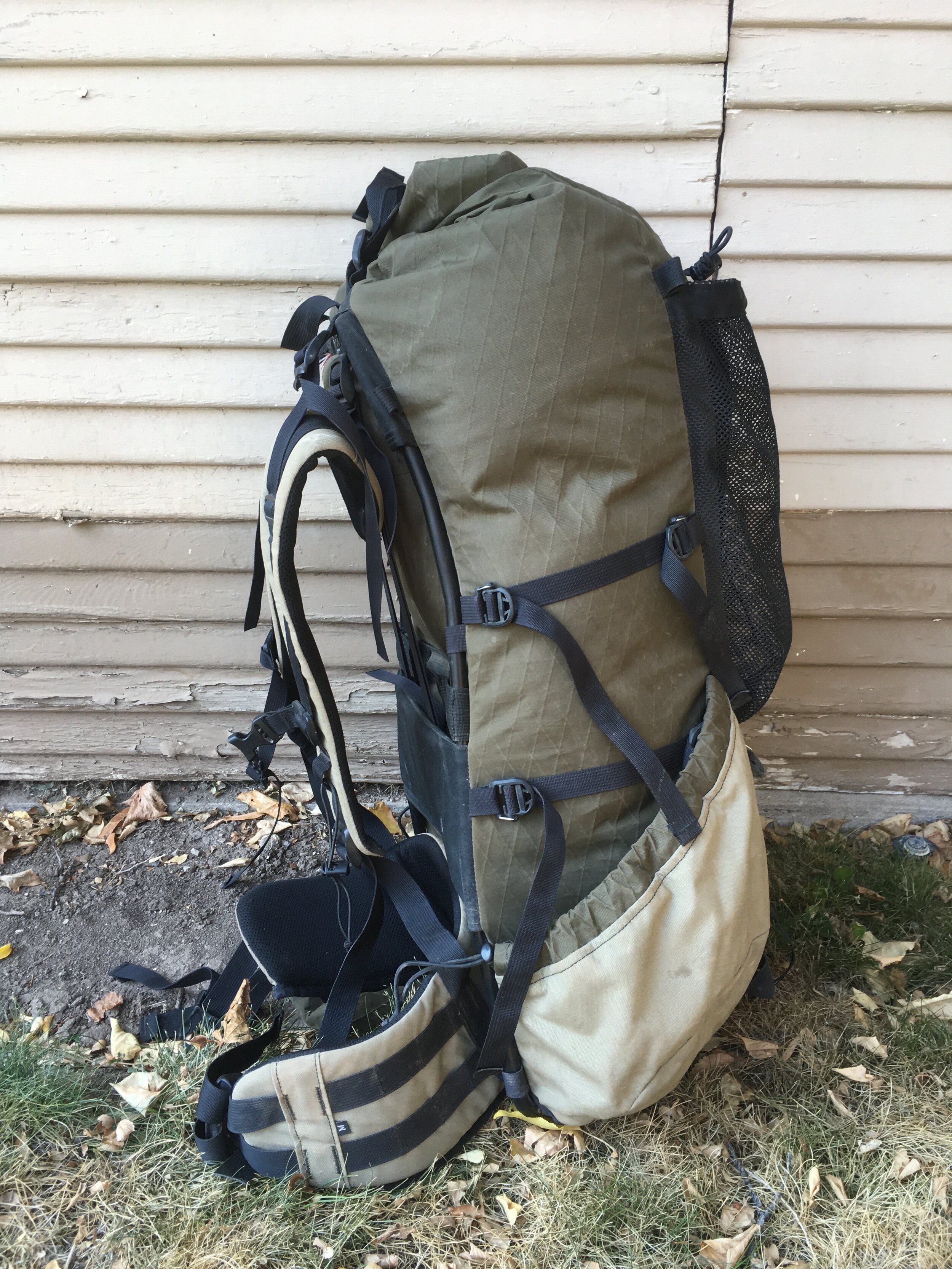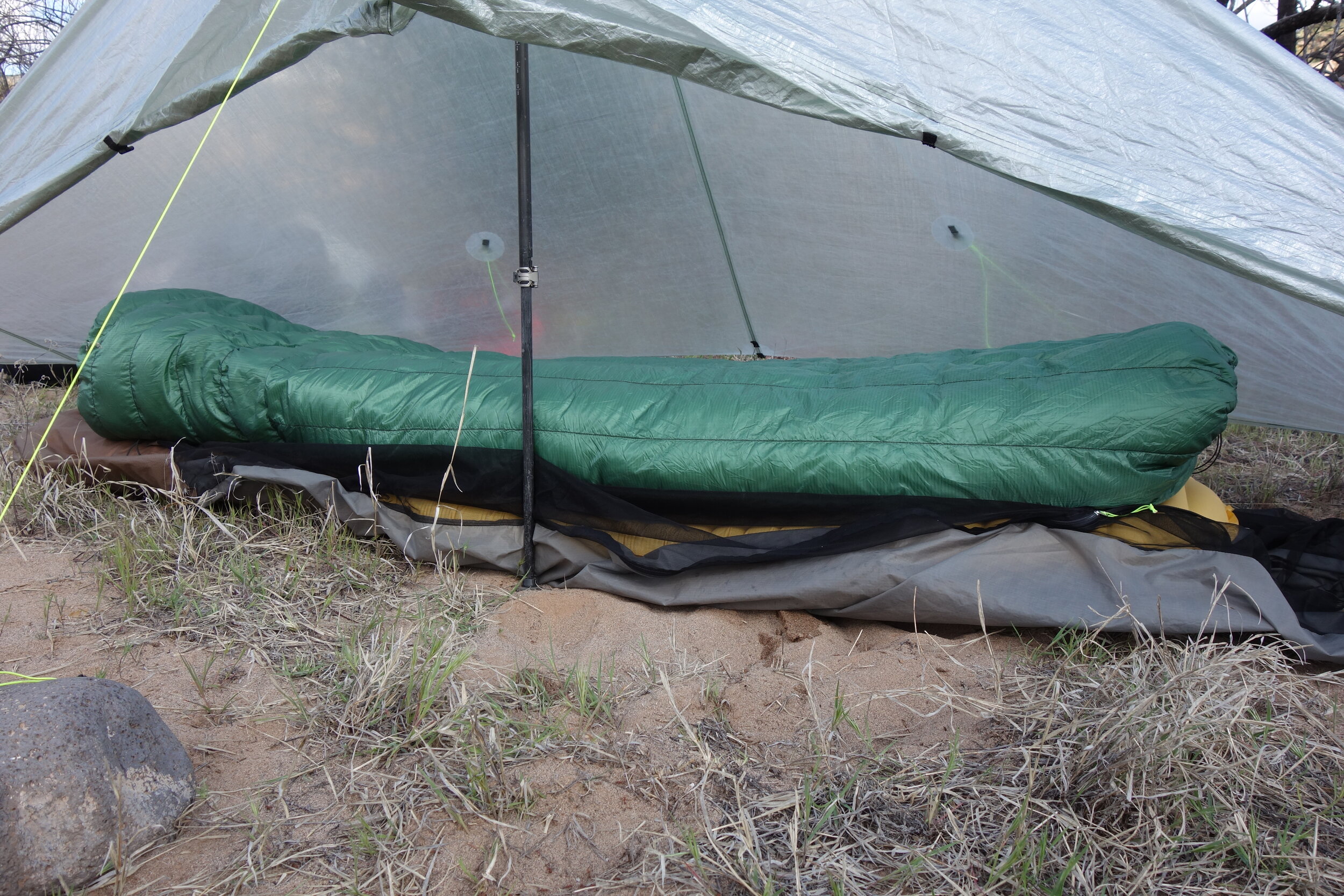Latest Substack Newsletters
Essays
Usually I walk in canyons to particular destinations, to specific features. I walk where there is water. I walk where other people walk, where there are trails. This time was different. I would be walking a path no humans walk, at least in its entirety. Humans cross this path; there is Highway 89 and there are numerous dirt roads, but these lines of travel all run counter to the path I was about to take. Humans pass on human errands. A family on vacation crosses this route, speeding down the highway. A rancher crosses too, bumping down a dusty red road in the predawn light to check his tanks.
It’s the fifth week? Tenth week of the pandemic? Who knows. I wake and put on water for tea and sit down at my computer again. The world is contained within the window of my screen every day now, separate from me. My friends call occasionally from their own separate windows. The window itself facilitates our stilted, delayed connections. Before all this it was just the eye which mediated, now it’s this window. There is no coming together, drifting apart, only separation. I’ve come to love my neighborhood. The magnolias, blooming pears, crabapples, and tulips are the only things that seem to me both separate from me and tangible. They’re right here. I believe they exist. They suggest to me that there might be more than just my own mind.
When we climbed the road out of Hurricane, Utah and spilled out onto the Arizona strip we were disheartened to see the ground covered in pillows of windblown snow.
A storm had passed through on Sunday and nights had been cold and days sunny but not warm in the two days that had since passed. We turned off the pavement onto a snowy, muddy, and frozen road and motored slowly south, watching the cold land pass beside us. The dark forms of horses stood in the cold night and paced along a fence. A jackrabbit darted into the road in front of us and ran in the patch of frozen mud between the strips of snow for miles. When we sped up, it sped up, and when we stopped it stopped. When we tried to gun it to get around, it pushed its little heart as hard as it could, ears determined, legs moving like pistons, getting up to 35 miles an hour before we backed off and conceded to just follow at jackrabbit pace.
At the edge of the firs he became a mirror through inheritance. He stands on the edge of the Red Rock Lakes now just as he stood 200 million years ago when the limestone solidified and began rising out of the valley behind him. He waited there in darkness, not unworried, but staring intently at the possibility that the sun will never rise again.
Near the Drum Mountains in central-western Utah the virga approached us, and we sped towards it in my 1993 Nissan truck. Dark blue and humanlike it swept the plane. It touched down somewhere, its feet the fleeting monsoon, welcomed by reaching greasewood and shivering russian thistle. Lightning cut across the dark form and we entered the deluge. Flash and boom inside of it, and flash and boom again. The rain transitioned from a heavy downpour to individual drops and the drops lessened and we looked back and the great dark form was now behind us; we had passed through its body. Lightning hit the sagebrush and greasewood plane where we had just been.
Artist Statements
Poetry
it is not a mountain anymore
it is now an idea of the shape
of the memory
of a dream
of a mountain
Gear Reviews
In this post and the accompanying video, I’m comparing the longevity of DCF (Dyneema Composite Fabric) and silicone-coated nylon shelters. To do this, I’m going to take a look at two Mountain Laurel Designs shelters, one made of DCF and the other made of 30 denier silnylon, to see how they’ve faired over the years.
The Long Haul 50 is in the ~2lb framed pack category. Packs in this category should be able to carry up to 40lbs comfortable and 50lbs occasionally while still being pretty comfortable.
I made this video to explain why I’ve made some of the choices I’ve made as I keep on trying new backpacks.
I’ve been on a hell of a pack journey; it has been challenging to say the least to find something that is light and carries a lot of weight well. If you’ve read through some of my other posts you’ll know that I used a large HMG Porter 4400 (46oz) pack for a while, but it destroyed my shoulders. Then switched to a Seek Outside Divide 4500 which I still have and love but is heavy at 57oz. I began using a medium 32oz HMG SW 3400 modified with loadlifters for most of my three-season trips, but it still wasn’t quite cutting it. I tried the Seek Outside Flight One (38oz) briefly but I bought the wrong size (22”) and did not like the hip belt. My next pack was the Hanchor Marl (40oz) which I still have and like, but which may become obsolete with the introduction of the SWD Big Wild 70.
I’ve been using the Seek Outside Divide 4500 as my go-to load-carrying pack for about the last three years. A good example of an ideal trip for this pack is a five-day packrafting loop in Canyonlands National Park I did in 2018. I carried typical three-season equipment, five days of food, a 6lb 11oz packraft, an 18oz PFD, a 37oz paddle, a ton of water, and other packrafting gear. At my heaviest, hauling water from Spanish Bottom up 1000 ft in less than a mile to the Dollhouse and then through the Maze to Water Canyon, my pack was probably around 48lbs. I do not like carrying weights like this. But sometimes it happens, especially with boats, and especially in the desert where water is potentially scarce. When I have to, the Divide is the perfect pack for the job.
I’ve used the Seek Outside Flight One Solid Spectra backpack on three trips now including the Uintas Highline Trail. The Highline was 104 miles over the course of 6 days, making it a great test for this pack. I don’t know my exact starting weight but I’m guessing it was around 30lbs with a few liters of water and a grapefruit. It felt heavy with 50% of the weight on my shoulders, so I ate the grapefruit right away. But as much as I messed around with the adjustments I couldn’t get the weight distribution right. It remained between 55/45 and 50/50 hips/shoulders for the remainder of the trip, even at the end when my pack weight was below 20lbs.
When I set out to find a simple, stable, light, modular shelter in 2015 I pretty quickly landed on the Mountain Laurel Designs Duomid. It’s not the lightest shelter in the world, but something about it felt foolproof, reliable.
My Personal Use
I worked as a ranger in the High Uintas Wilderness during the 2013 season when I used the gear provided by the Forest Service. Most employees used Big Agnes Seedhouse 2 tents. At about three and a half pounds, these tents were not ultralight but they were pretty roomy for waiting out 48-hour storms while reading, listening to podcasts, or playing guitar. Yes, I carried a guitar. At four and a half pounds it was worth it considering how many nights I spent alone.
*****August 2022 Note: I’ve removed this video because I have tested a lot of packs since I made this post and I no longer feel conviction about this modification. In my opinion, it’s totally fine for straps to attach at the top of the shoulders if the straps are fairly cushy and spaced properly for a person’ s shoulders. If a pack fits like this, loadlifters are indeed unnecessary. That said, the load ratings of HMG packs are completely bananas. If they fit a little better in the shoulder I’d think they could carry 35lbs comfortably. *****
The first pack I can remember owning was a green JanSport. When I was about 21 I replaced it with a blue 115 liter Lowe Alpine. I used the Lowe for a while, eventually replacing it with a Dana Designs Astralplane (also in the 115 liter range, and weighing a now unfathomable 7.5lbs), and then with a Black Diamond Infinity 60, and then with a Boreas Buttermilks 55. In retrospect, the BD and the Boreas weren’t bad packs but the swiveling hip belt on the BD squeaked and the Boreas hip belt nearly tore off one time when I carelessly stepped on it while hoisting the load onto my back. Oops.
Gear Lists
Some people begin packrafting because they’re looking for new ways to connect landscapes. Others begin packrafting because they’re sick of schlepping their 50lb kayak around. I’m in the former camp—an ultralight backpacker-turned-packrafter with extreme ultralight biases. When I wrote a packrafting gear list about 4 years ago, I didn’t realize how strong these biases were and how much they limited my packrafting abilities and comfort. At the time I hadn’t paddled much more than the ephemeral streams in Utah’s canyon country, so my experience was somewhat limited. That list still feels applicable to a certain kind of boating, but it has its limitations. Now, I think a different gear list is needed.
This complete packrafting gear guide is written for most people in most packrafting scenarios—I hope it will help you choose a packraft, a paddle, safety gear, and all the packraft-compatible backpacking gear you need for multi-day expeditions.
book reviews
Roman Dial’s The Adventurer’s Son is a deeply honest piece of writing. Dial, a hardcore adventurer, displays admirable vulnerability in this story of family-building and loss. He examines the heart of the adventurer, how it yearns to walk the knife edge cornice between life and death while simultaneously questioning that desire, especially when it causes others pain. He grapples with the guilt of encouraging adventure in his son—also named Roman—as adventure led ultimately to his death.
Gear Review & Essay Portfolio (Links To other Sites)














































I can’t sleep. The inflatable pad underneath me feels torturously unstable. I am tempted to push it aside in favor of the cold, lumpy ground. Hours pass and I wonder if I have been thinking about anything at all. I roll onto my other side again and listen to the tent fabric scrape against a dead finger of greasewood. I had reached the San Rafael Swell in central Utah just in time to start walking up a narrow canyon patinated with dark streaks of desert varnish. The deep sand slowed my pace as wind-broken rain scattered out of the orange west. I planned to walk for at least an hour and a half, but the storm clouds made evening arrive early. At the first sign of flatness I dropped my pack and listened as caterpillars dropped out of the cottonwoods above me like weighty raindrops.